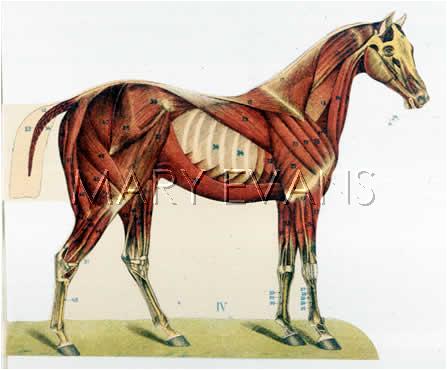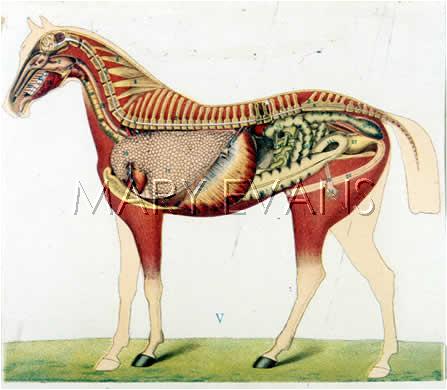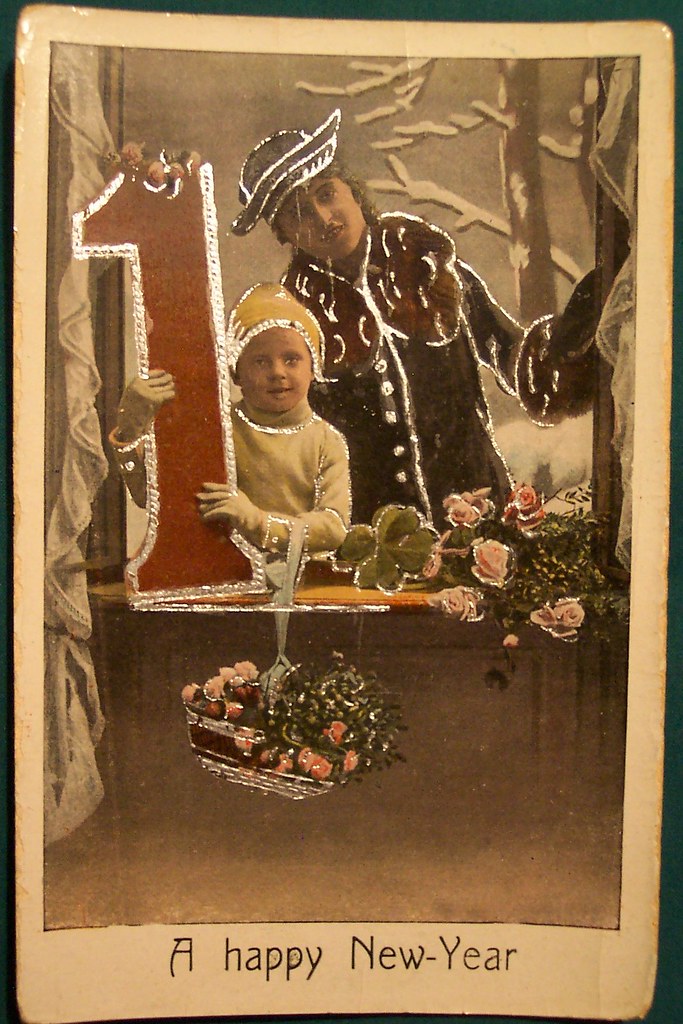

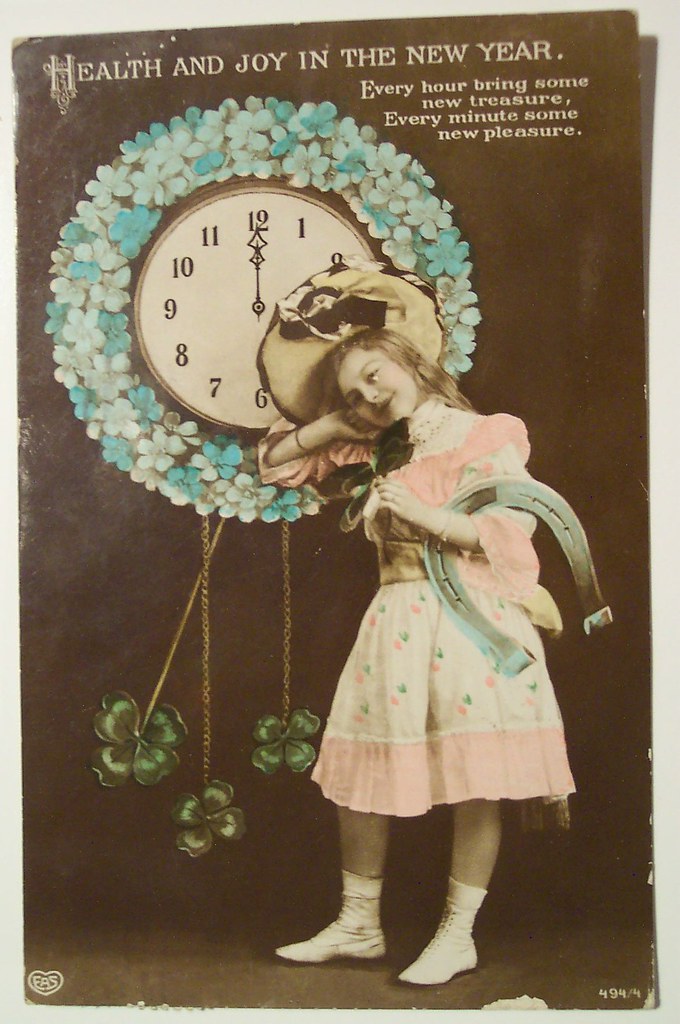

All images found on "Rip The Skull's" New Years Postcards Flickr photoset.











Ah, the poor Shanghai Natural History Museum.... our Shanghai guidebook said to avoid the place because it was "dusty" and "filled with animal carcasses," so of course we made that the highlight of our visit. We sort of felt bad for the place after a while--there were even signs apologizing for the low quality or lack of thoroughness in their displays because of a lack of money.I would only add that it is really wonderful to see the differences in Eastern display methods and content--images of Eastern natural history museums are few and far between in The West, and it is fascinating to get a peek at what such museums are interested in, and how they choose to exhibit it, not to mention the wonder of viewing strange creatures such as what appears to be a hair-backed turtle...
There was one sign (I'm not sure if it made it to flickr or not) that read:
"As we are limited by time, ability, and financial capacity, the exhibition might have many shortcomings. Therefore we will be very grateful to those who can give us good opintons [sic]."
Apparently many of the displays were donated by the British Museum in the mid 1950s when it was built... and never really updated at all. However, the museum remains open today, and it's one of the few peaceful, quiet places that we went in Shanghai. The building itself is really beautiful "classic" 1920s architecture with huge stained glass windows and mosaic floors, but like the exhibits, it hasn't really been maintained and now is delightfully run down.











For more about the calendar, click here. Click here to download PDF invitation. And here is where you can find information that will help you find your way to Proteus Gowanus.Friday, January 2, 2009, 7:00 p.m.Morbid Anatomy Library celebrates the publication of
Mütter Museum
2009 CalendarBlast Books publisher Laura Lindgren gives an illustrated talk about her twenty-two-year association with the renowned Mütter Museum of The College of Physicians of Philadelphia, joining the art of photography and medical history.
Laura Lindgren art directed and produced eight wall calendars featuring contemporary photographs by artists Max Aguilera-Hellweg, Rosamond Purcell, Arne Svenson, William Wegman, Joel-Peter Witkin, and others, of the famed museum’s collections. She edited, designed, and published two books, Mütter Museum by Gretchen Worden, in 2002, and Mütter Museum Historic Medical Photographs, in 2007, and has curated numerous exhibitions of Mütter Museum photographs that have traveled nationwide, as well as two Mütter exhibitions with Mütter objects and photographs—one at The Museum of Jurassic Technology in L.A., in 1994, and one at the now-defunct Thread Waxing Space in downtown Manhattan in 1995–1996.
The foundation of the Mütter Museum, one of the last nineteenth-century medical museums, dates to 1856, when Dr. Thomas Dent Mütter, a professor of surgery at Jefferson Medical College, wrote to The College of Physicians of Philadelphia that ill health was forcing him to resign his post and that he wished to offer the College guardianship of the anatomic and pathological materials he had collected for his own personal teaching “museum.” The deed of gift was completed a hundred and fifty years ago, January 9, 1859.






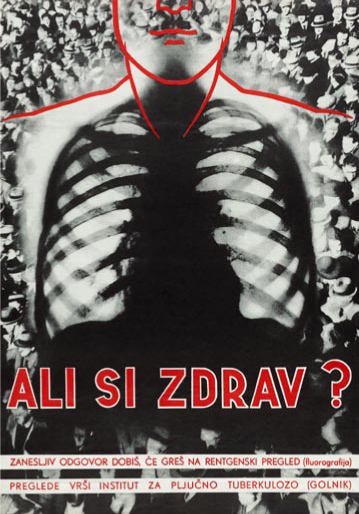
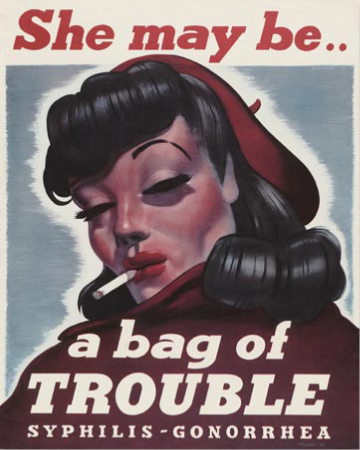
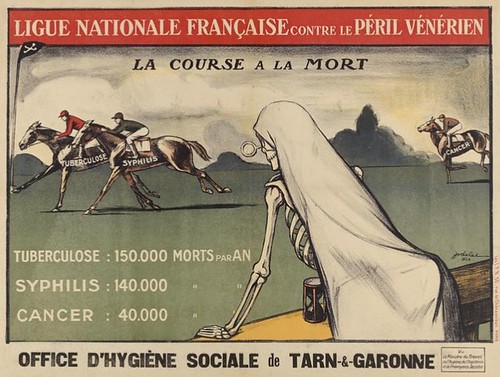










In the preservation of animal specimens for study, animals are usually preserved using formalin where the whole body would be immersed in the posture in which it is supposed to stay permanently because it will be hardened. The ratio of formalin to carcass must at least be 12 to 1 to ensure a good fixation.




